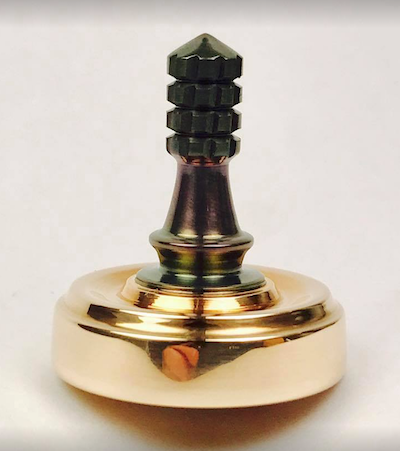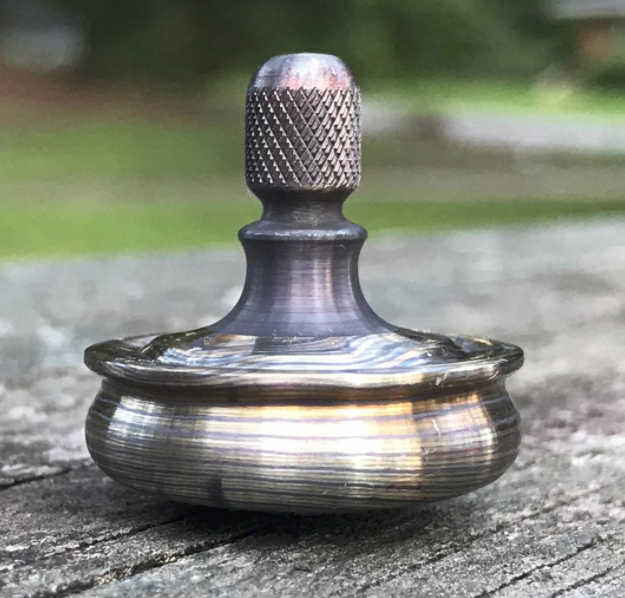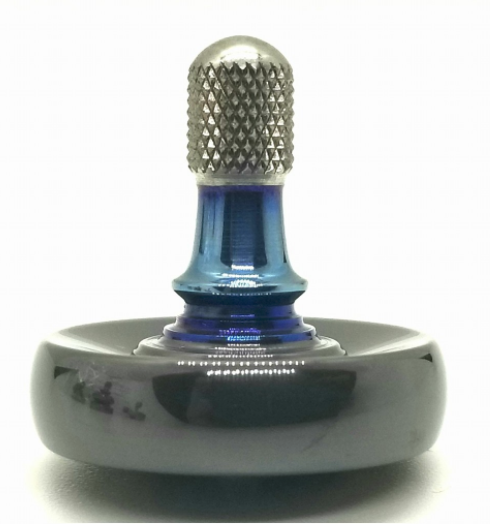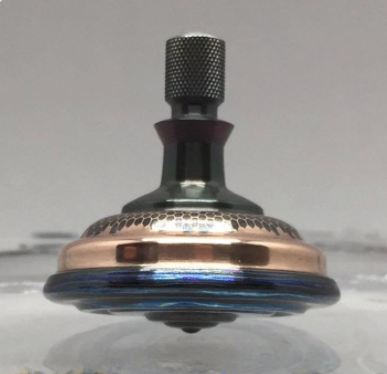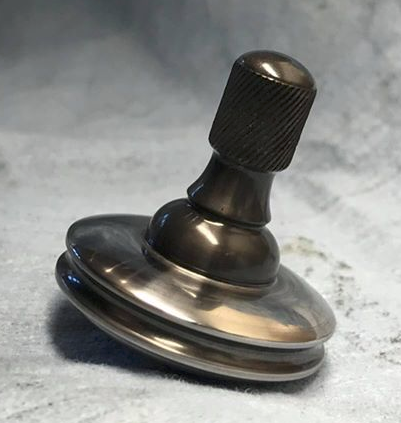It is commonly known that the bicycle is one of the most efficient mechanisms for converting energy into motion. A bicycle uses about 10-20 times less energy to cover a kilometer than a car, and it consumes about 100-200 less energy to manufacture. It might not be 10-20 times more fun to ride a bike than drive a cool car, but it is fun. For me it’s also rewarding. I find the notion of propelling myself, using only my body and a simple mechanism, over distances up and down hills, making progress at my own pace.
I’ve had a lot of bicycles in my life – way more than the cars I’ve owned. Nearly all of them have been multi-geared bikes, starting off with 10-speed road bikes all the way to my current 20-speed bike (which at over ten years old is no longer “up to date” by any means.) Modern road bikes have wireless electric shifters, hydraulic disc brakes, and easily fall below the UCI weight limit of 6.8Kg.
But the last couple of years I’ve been riding my fixie. It’s a single speed bicycle with no freehub and no brakes. It’s the most simple a bicycle can be: frame, cranks and pedals, two gear cogs, chain and wheels, handlebars and a seat. But simple in structure and function doesn’t mean simple in design or composition. It is mostly made of carbon fiber, which is both strong and light. I have a couple of fixed gear bikes, but this one is a pure track bike, with tight frame, steep angles, and a very short rake for greater stability. It’s a bit slow out on the road, but immense fun!

This version of the fixie is all-carbon fiber. The tires are Continental GP5000. The bike weighs 14lbs – not super light, but a good weight.


 I go out riding in the mornings, before work. I get on the road and trail about 7am. My route takes me along the edge of a golf course where there is a dual-use bike and pedestrian path. People also walk their dogs on it.
I go out riding in the mornings, before work. I get on the road and trail about 7am. My route takes me along the edge of a golf course where there is a dual-use bike and pedestrian path. People also walk their dogs on it.







